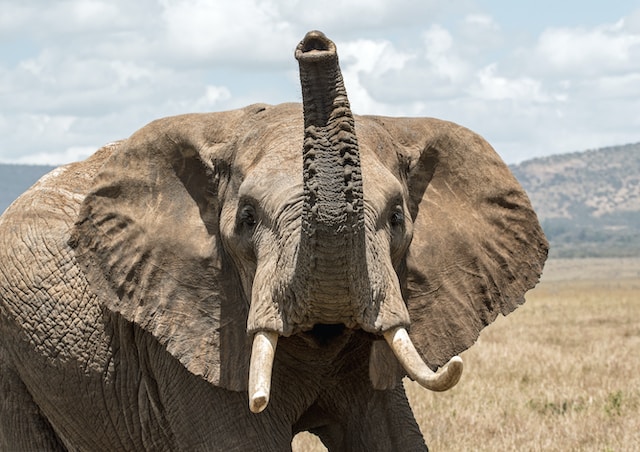
A Bitcoin mining facility in Slovakia converts human and animal waste into Bitcoin hash rate, securing the network while mining Bitcoin.
Next time someone tries to poo-poo the renewable credentials of Bitcoin (BTC) mining, remember AmityAge Mining Farm. Founded by Gabriel Kozak and Dušan Matuska, the Bitcoin mining facility uses human and animal waste to generate electricity for mining.
Matuska, the man “who met Satoshi Nakomoto”, told Cointelegraph that “methane from biodegradation processes runs our machines.” As human and animal waste isn’t running out any time soon, their BTC mining process is both environmentally friendly and renewable.

According to Matuska, using renewable energies such as biogas “shows that we can really accelerate the adoption of these renewables and make their return on investment higher in the end,” while also being a cheap source of energy.
An ecologically sound and low-cost way of generating electricity, biogas electricity plants convert waste into methane gas due to a fermentation process. The gas is then burned as fuel.

Matt Lohstroh, Co-founder of Giga Energy, a natural gas Bitcoin miner in Texas, told Cointelegraph that “finding cheap energy [for Bitcoin mining] quickly is the largest issue. All the low-hanging fruit is being plucked away.”
Matuska added that “the situation with energy in Europe changed dramatically in November with a huge price increasing together with a conflict around the corner.” As Lohstroh alludes, turning a profit with Bitcoin mining can be tricky, which keeps Matuska both “busy and worried.”
However, an eternal optimist, Matuska also told Cointelegraph:
“The most exciting part [about Bitcoin mining] is knowing that we are like ‘Bitcoin security guys,’ helping just a little with our hashrate. We are still helping to protect the network.”
Matuska adds that the overall environmental “footprint is pretty low” for their plant and that one of the excesses is “mostly excessive heat.”

If he is looking for ideas for the excessive heat, look no further than the creative Bitcoin mining community which uses Bitcoin mining heat to warm campervans, grow flowers in the Netherlands and dry out timber from logging in Norway.
Matuska “definitely” recommends that more and more curious Bitcoiners get into Bitcoin mining:
“You can gain a lot of useful knowledge while setting up your first miner. No need to earn a lot but the experience is worth a fortune.”
Related: ‘How I met Satoshi’: The mission to teach 100M people about Bitcoin by 2030
For those interested in getting into Bitcoin mining at home, while the process used to be complicated and costly, solo mining is making a come back. Compass Mining, the pioneers of Bitcoin mining at home, launched direct-to-consumer hardware sales in late 2021.
The CEO of Compass, Whit Gibbs, told Cointelegraph that Bitcoin miners are some of the biggest Bitcoin bills. He illustrates the point, “you could buy $10,000 worth of bitcoin or you can buy an ASIC (Bitcoin mining machine),” knowing full well that it should return the initial investment over a “12 to 14-month” period. He concludes:
“You have to be bullish on Bitcoin to believe that you’re going to see that return in a timely manner as opposed to just buying that amount of Bitcoin outright.”






